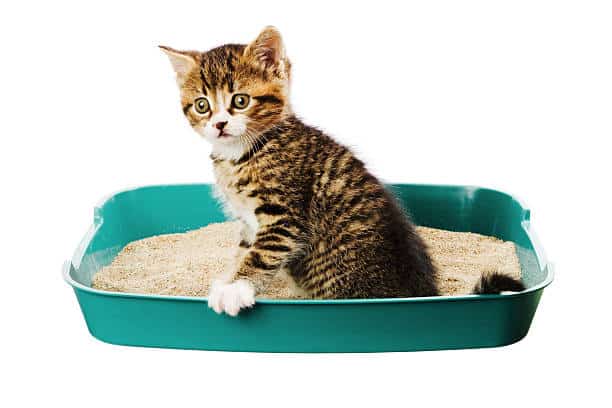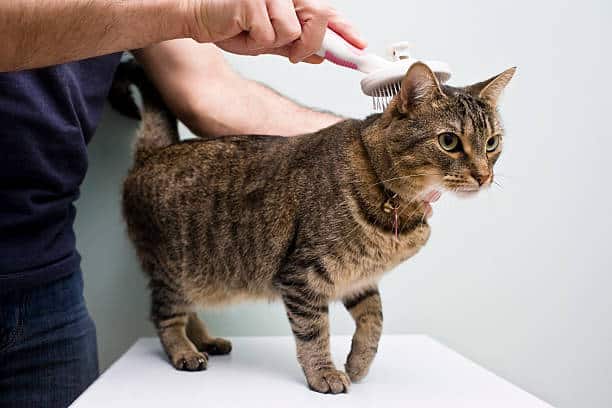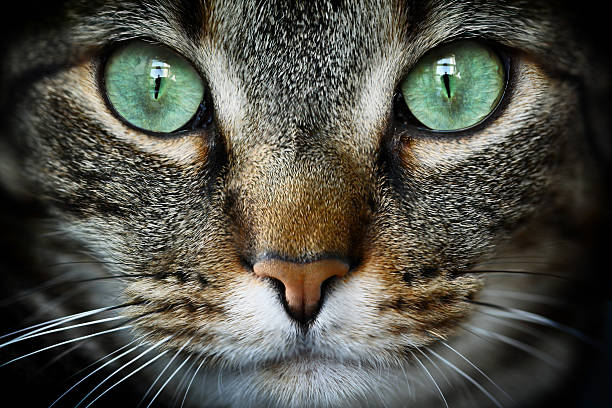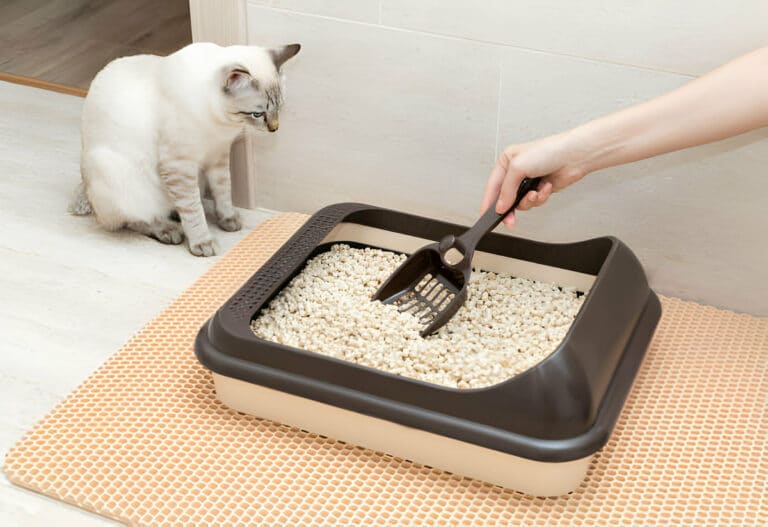Effective Strategies For Transitioning Outdoor Cats To Litter Boxes
Transitioning outdoor cats to using litter boxes can be a challenging task for many cat owners. However, with the right strategies and techniques, it is possible to successfully train your outdoor cat to use a litter box indoors. By gradually introducing the litter box, providing the right type of litter, and creating a comfortable and inviting space, you can help your outdoor cat make a smooth transition to using a litter box. In this blog post, we will explore some effective strategies to help you successfully transition your outdoor cat to using a litter box.
Preparing for the Transition
Choosing the Right Litter Box
While preparing to transition your outdoor cat to using a litter box, it is important to choose the right litter box. Opt for a large, open litter box without a lid to ensure your cat feels comfortable and has enough space to move around. Additionally, consider the height of the litter box walls – lower walls are easier for senior cats or kittens to access, while higher walls may prevent litter from scattering outside the box.
Selection of Litter Types for Outdoor Cats
To successfully transition your outdoor cat to using a litter box, selecting the right litter type is crucial. Outdoor cats may prefer natural textures such as sand or dirt over traditional clay litters. Recognizing your cat’s preferences and habits will help in choosing the best litter for a smooth transition. Experiment with different textures and observe how your cat responds before making a final decision.
| Litter Type | Advantages |
| Clumping Clay | Easy to scoop |
| Silica Gel | Excellent odor control |
| Pine | Natural scent |
| Recycled Paper | Environmentally friendly |
| Wheat | Biodegradable |
Choosing a litter type that mimics the outdoor environment can help your cat feel more comfortable with the transition. Recognizing your cat’s preferences and habits will enable you to select a litter that suits their needs, making the transition smoother and more successful.
| Choosing the Right Litter Box | Opt for a large, open litter box without a lid |
| Selection of Litter Types for Outdoor Cats | Experiment with different textures to find the best fit |
Training Techniques
Introducing the Litter Box to Your Cat
Training your outdoor cat to use a litter box may take some time and patience. Start by placing the litter box in a quiet and accessible location. Encourage your cat to investigate the litter box by placing them near it after meals or when they wake up.
Positive Reinforcement Strategies
Your outdoor cat may not be familiar with the concept of a litter box, so it’s important to use positive reinforcement techniques. When your cat uses the litter box successfully, praise them and offer a small treat. Consistency is key in training your outdoor cat to use the litter box effectively.
The process of transitioning outdoor cats to litter boxes can be challenging, but with the right strategies, it is possible to achieve success. By using positive reinforcement techniques and providing a comfortable and accessible litter box, you can help your outdoor cat make a smooth transition to using a litter box indoors.
Overcoming Common Challenges
Dealing with Litter Box Avoidance
After transitioning outdoor cats to using litter boxes, some may develop litter box avoidance issues. This can be due to various reasons such as the type of litter used, the location of the litter box, cleanliness, or even stress. With patience and persistence, litter box avoidance can be addressed successfully.
Addressing Accidents Outside the Litter Box
With outdoor cats transitioning to using litter boxes, accidents outside the box may occur initially. To address this, it is important to first identify the reason behind the accidents. It could be stress-related, medical issues, or simply a need for more litter boxes in the house. By addressing these underlying causes, you can effectively reduce accidents and encourage consistent litter box usage.
Litter box accidents can also be a result of territorial marking, especially in multi-cat households. Providing sufficient litter boxes in different areas of the house can help alleviate territorial issues and reduce accidents. Additionally, using pheromone diffusers or sprays can help calm anxious cats and reduce the likelihood of accidents outside the litter box.
Maintaining Good Litter Box Habits
Regular Cleaning and Maintenance
Maintaining a clean litter box is crucial for encouraging your outdoor cat to use it consistently. Cats are clean animals by nature, so they prefer a pristine toileting area. Regularly scoop out waste at least once a day and replace the litter as needed to keep the box fresh. Deep clean the litter box with soap and water on a weekly basis to prevent odors and bacterial buildup.
Monitoring Your Cat’s Health and Behavior
With outdoor cats transitioning to litter boxes, it’s important to monitor their health and behavior closely. Keep an eye out for any changes in your cat’s bathroom habits, such as urine or stool consistency, frequency, or signs of straining. Any deviations from the norm could indicate a potential health issue that needs veterinary attention.
This proactive approach to monitoring your cat will help you address any health concerns promptly and ensure a smooth transition to using the litter box consistently.
Conclusion
Following this guide on effective strategies for transitioning outdoor cats to litter boxes can help pet owners successfully make the switch. By being patient, gradually introducing the litter box, using the right type of litter, and providing a quiet and secure location, owners can make the transition as smooth as possible. Remember that each cat is unique, so it may take some trial and error to find the approach that works best. With persistence and consistency, most outdoor cats can adapt to using a litter box indoors and enjoy a safe and comfortable environment.
FAQ
Q: Why is it important to transition outdoor cats to litter boxes?
A: Transitioning outdoor cats to litter boxes is crucial to provide them with a safe and consistent toileting area, especially if they are going to be kept indoors. Litter boxes help prevent cats from urinating or defecating in unwanted areas inside the house.
Q: What are some effective strategies for transitioning outdoor cats to litter boxes?
A: To successfully transition outdoor cats to litter boxes, start by placing the litter box in a quiet and accessible location. Use the same type of litter the cat is familiar with outside. Gradually introduce the cat to the litter box and provide positive reinforcement when they use it. It may also help to limit the cat’s access to the outdoors during the transition period.
Q: How long does it usually take for outdoor cats to adjust to using a litter box?
A: The time it takes for outdoor cats to adjust to using a litter box can vary depending on the individual cat. Some cats may adapt quickly within a few days, while others may take a few weeks. Consistency, patience, and positive reinforcement are key to helping outdoor cats make a successful transition to using a litter box.







